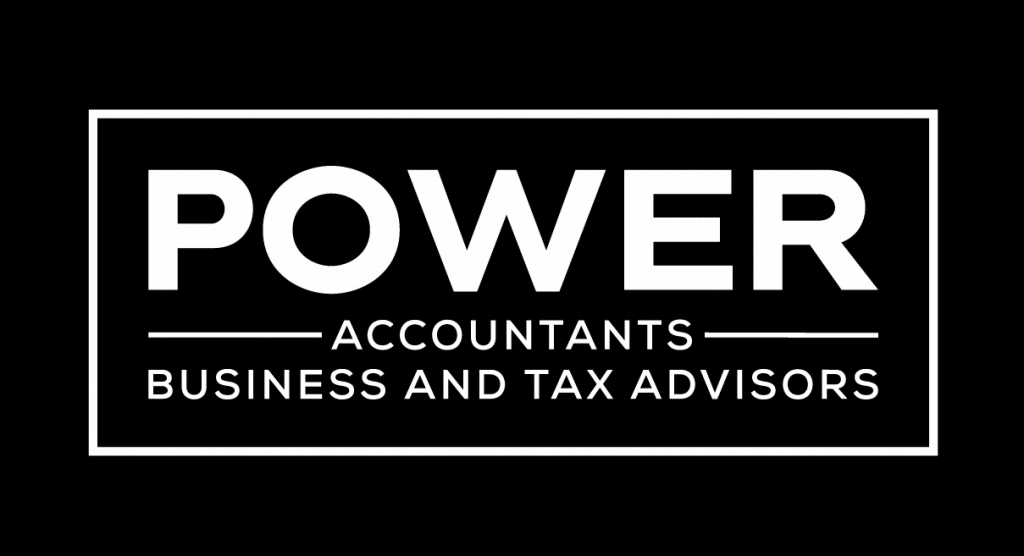MTD for VAT & Income Tax Self-Assessment: HMRC’s view
Updated 9th May 2025 | 7 min read Published 28th March 2022

One thing is on every accountant’s mind: Making Tax Digital (MTD).
With changes coming to MTD, many are worried about the impending workload demands and legislative requirements.
To assist accountants in their preparation, we recently hosted our second #AskIRIS event, which examined all aspects of Making Tax Digital, featuring a keynote presentation from Govinder Saimbhi, HMRC’s External Stakeholder Lead for MTD.
We’ve summarised the key points from the session to ensure you have the information needed to move forward with confidence.
What does Making Tax Digital (MTD) signify for accountants?
HMRC aims to be one of the most digitally advanced tax administrations, with Making Tax Digital transforming the operation of tax systems.
MTD seeks to replicate the digitisation trend seen in various aspects of our lives, transforming tax administration to enhance the effectiveness and efficiency of accountants.
Transitioning to digital processes eliminates numerous paper-based procedures, minimises errors, and enables accountants to redirect their focus to other essential areas.
What is Making Tax Digital?
Making Tax Digital (MTD) is an initiative by HMRC to modernise the UK tax system. It requires businesses and individuals to maintain digital records and submit VAT and later tax returns using compatible software. This initiative aims to improve efficiency, reduce errors, and simplify tax compliance.
HMRC’s Making Tax Digital for VAT means that all VAT-registered businesses must do their VAT accounting and submit their VAT returns using IRIS MTD VAT Filer software, sending the data digitally to HMRC via an internet connection.
What isn’t changing with MTD for VAT?
There are a few areas of your VAT submission that won’t be impacted, including:
- Nine box VAT returns
- VAT return frequency
- Eligibility for VAT Special Schemes
- Most other VAT rules
What is MTD for ITSA?
Making Tax Digital for Income Tax Self-Assessment is for those who use Self-Assessment to file and submit tax returns.
Phased Implementation: MTD for Income Tax will begin in April 2026 for sole traders and landlords earning over £50,000, with the threshold lowering to £30,000 in April 2027.
How will MTD for ITSA work?
From April 2026, the outlined groups will be required to make their submissions and returns through MTD software, with the processes summarised in three key steps:
1) Keep digital records of business income and expenses
2) Send quarterly updates of your business income and expenses via your MTD-compatible software 3) Finalise your business income and submit your final declaration via your MTD-compatible software
What plans does HMRC have for software?
The term MTD-compatible software is repeatedly mentioned, and it plays a fundamental role in HMRC’s aim to digitise tax administration. But what does it mean?
Making Tax Digital software is a system that integrates directly with HMRC, allowing accountants to send updates directly.
However, HMRC will not provide any software itself. Instead, it will offer Application Programming Interfaces (APIs) to enable software developers, such as IRIS, to create and deliver MTD solutions for their customers.
Customer story: Is the grass always greener? CCM return to IRIS
Read hereCommon MTD questions answered by HMRC
Near the close of our keynote session, we addressed a few questions, allowing accountants to receive direct answers from HMRC.
Q: For property businesses with more than one property, is it a requirement that addresses for each property be submitted?
A: “Under MTD, the quarterly reporting is a summary, providing a total of the incomes and outcomes going through your business per quarter.
“Therefore, it’s not strictly necessary to report for each property address; instead, it’s the accumulation of all the data that is needed.”
Q: How will small practices handle the seemingly impossible workload?
A: “We’re taking forward the learnings we have from MTD for VAT, which are that many accountants stated they experienced benefits from MTD in terms of efficiency and accuracy.
“Although it’s a real challenge, and we accept that, for many businesses, I would say be patient, make sure you’re prepared and then work with your clients.”
Q: Will not-for-profit and charitable organisations be exempt from future HMRC Making Tax Digital plans?
A: “Currently, not-for-profit organisations that are not required to register for VAT or Income Tax will remain excluded from MTD – that will stay the same.“
Q: What is your best advice for accountants to ensure MTD is successful?
A: “Ensure you understand your client list and identify who requires more support – use segmentation to determine who is comfortable with digitisation, who is not, and who falls in between needing extra assistance. “
“Once you break down your client list, it will help you focus on what you need to do.”
Looking for more support with MTD?
We covered what you need to ask your software supplier about Making Tax Digital – read the blog here.






